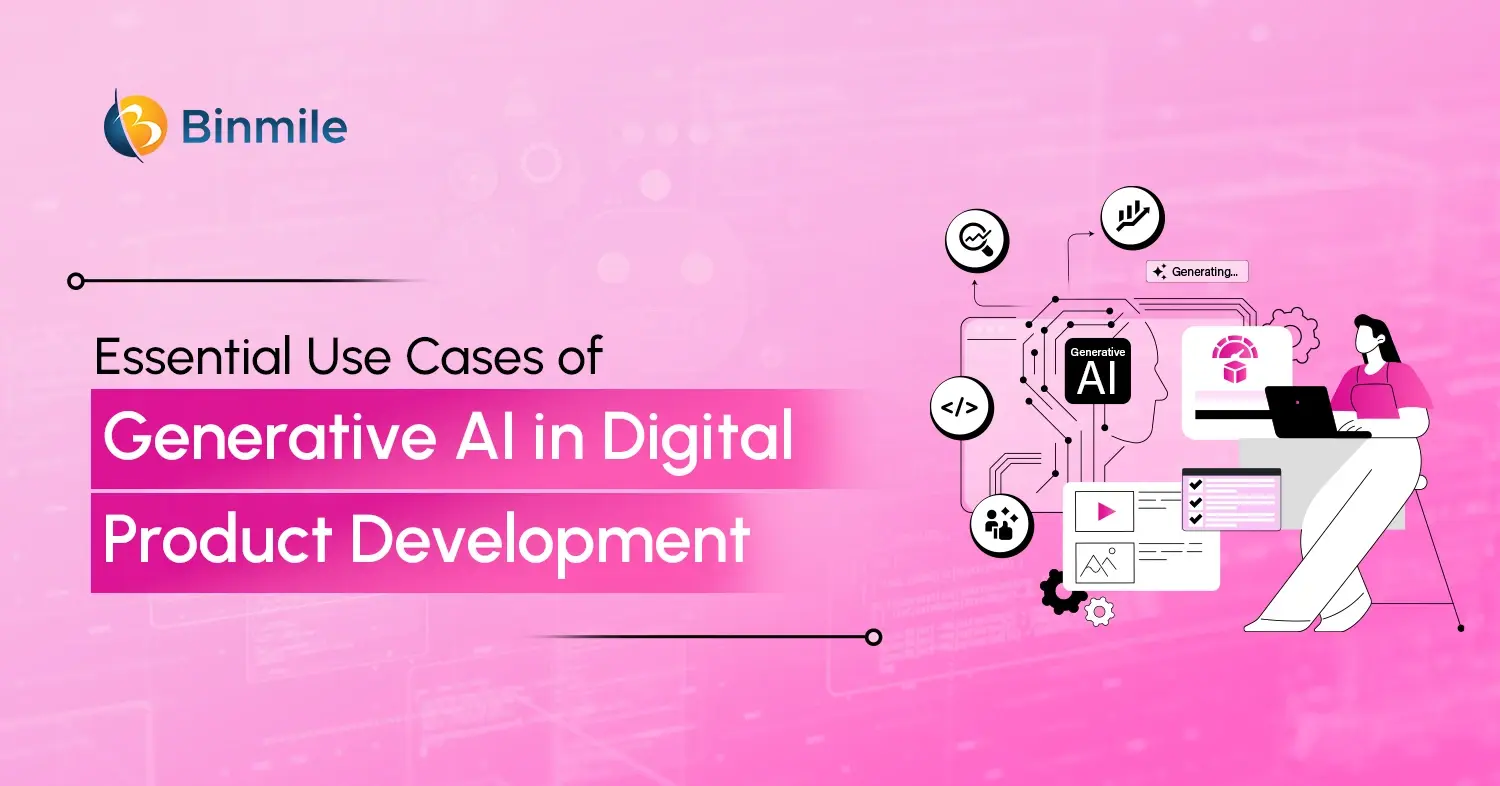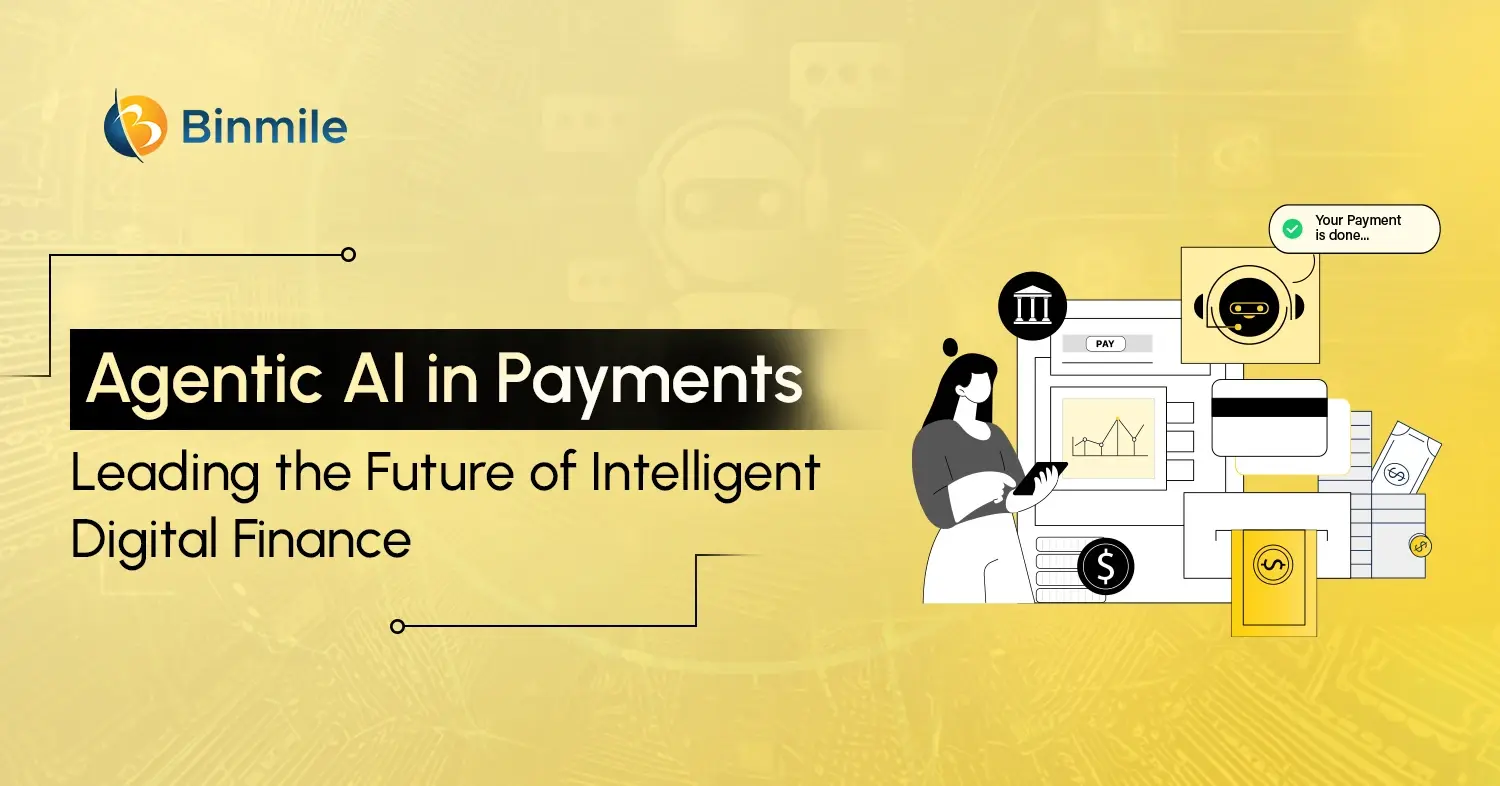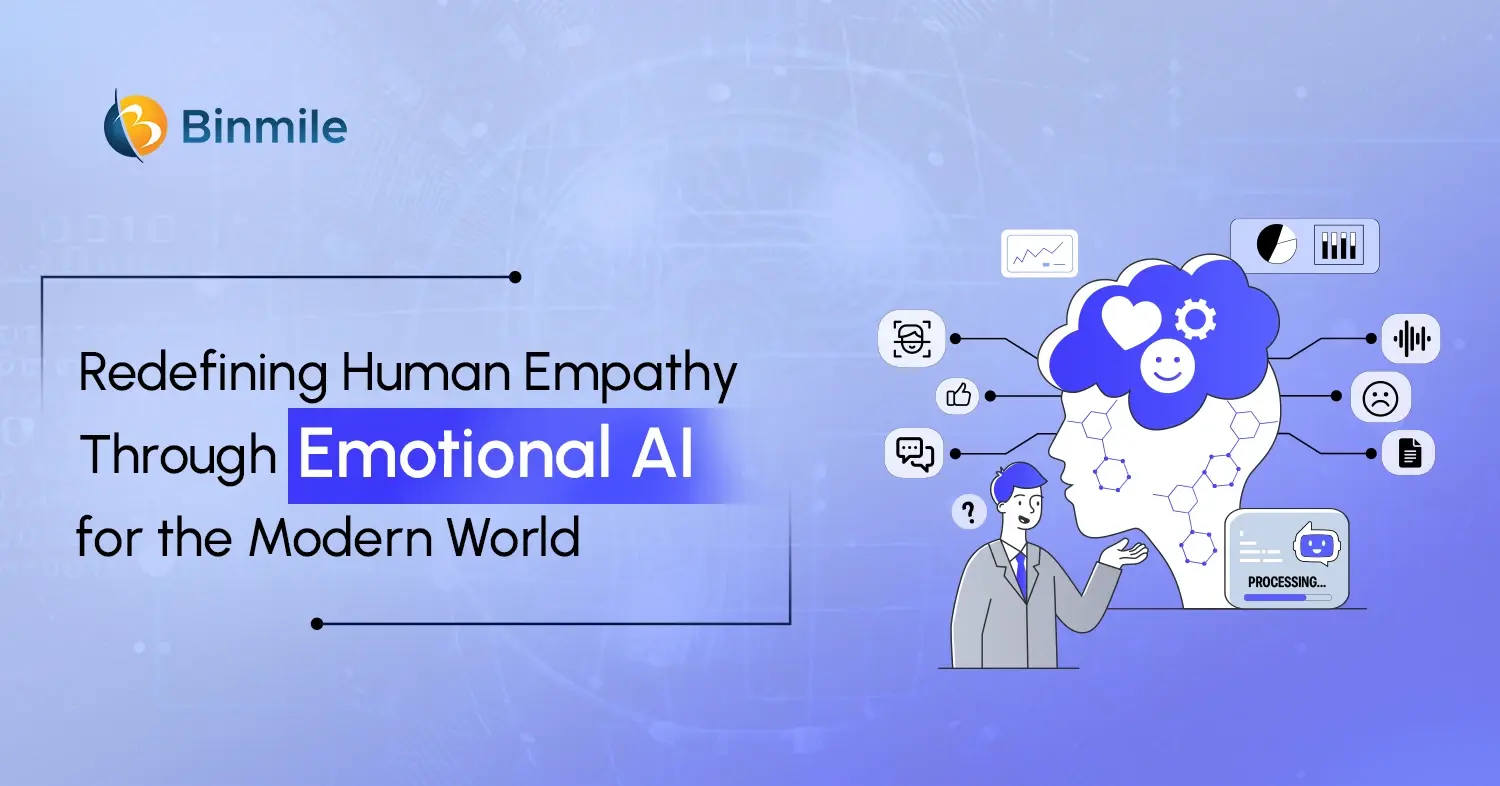Artificial Intelligence has rapidly transformed every aspect of businesses–task automation, improving efficiency, optimizing supply chains, and enhancing customer satisfaction. The impact is so huge that 79% of top executives believe AI will be crucial to their company’s future. In addition, companies like Amazon, Google, and Microsoft have even shown AI’s potential to drive unprecedented efficiency and insights—from predictive analytics that optimize operations to intelligent AI chatbots that dramatically reduce response times. This potential of AI to revolutionize business operations is truly inspiring. However, beneath these headline-grabbing achievements lies a less celebrated reality: a significant number of AI fails in enterprises.
A staggering 85% of AI initiatives fail to deliver expected value, often falling short of their ambitious promises—a figure that is greater than the 25-50% regular IT project failure rate, even when it is a fact that if fully realized the enterprise AI solutions have the potential to bring a significant source of value to organizations and their end users. So, where is the disconnect? In this blog, we will dive into the complex world of enterprise AI implementation and understand the critical reasons behind AI fails. We will also provide actionable strategies for businesses to navigate these challenges and move beyond mere technological enthusiasm to develop robust, effective AI strategies that genuinely transform their operational capabilities.
Popular AI Failure Examples: Key Missteps and Their Consequences
- In 2024, German journalist Martin Bernklau was a victim of Copilot generating false narratives about him. AI hallucinations “described him as an escapee from a psychiatric institution, a con-man who preyed on widowers, a drug dealer and a violent criminal.” When he was a crime journalist, AI had conflated based on stories that Bernklau had written about actual criminal trials.
- McDonald’s ended its AI experiment with drive-thru in June 2024 due to multiple ordering blunders and its AI systems’ failure to understand the customers’ orders. Even though the food chain restaurant had launched the AI at more than 100 US drive-thrus, it indicated it still saw a future in a voice-ordering solution.
- Deepfake technology can fabricate content that leads to online abuse, skepticism, the spread of misinformation, and a threat to privacy and security. For instance, Deepfake Elon Musk became the biggest scammer and is contributing to billions of dollars in fraud losses in the US.
- Another example of AI failure was IBM’s Watson for Oncology, which cost the company $4 billion. The machine was supposed to extract and summarize substantial text from patient records. However, it faced criticism for providing inaccurate treatment suggestions, leading to concerns about its reliability in real-world medical settings. The company later sold off parts of the business to a private equity firm in 2022.
AI Fails: Key Disadvantages and What They Teach Us
The above AI failure examples show that such a lack of success results in severe business implications. From operational setbacks when the systems malfunction and deliver wrong results to malicious use of the model, all this leads to financial losses alongside reputational damage. Multiple reasons could be behind this, such as algorithmic biases, poor data quality, or AI illiteracy. In addition, resolving these problems requires long periods and sizable financial investments, which distract employees from their primary business objectives.
The consequences of AI failures become more alarming in a few sectors, such as healthcare and finance, because these fields require perfect accuracy and reliability. So, let’s understand the reasons behind AI fails and also explore the best strategies to combat this growing threat in the digital age.
Why AI Projects Fail: Understanding the Reasons Behind AI Fails
Enterprise AI initiatives often begin with excitement and significant investment, yet many fail to deliver the transformative value that executives expect. Understanding the root causes of these failures is crucial for organizations aiming to harness AI’s potential. So, let’s examine them in detail to understand why AI projects fail in enterprises and their consequences.

1. Vague Business Objectives
Most enterprise AI initiatives are guilty of a significant gap between the business strategy and the technology implementation. Without clear business objectives, the AI projects become a shot in the dark, which leads to the waste of money and time. Technical teams look at the characteristics of the model rather than the business outcomes, and the executives are more concerned with the investments that do not generate any tangible results. This misalignment is often the cause of project abandonment when the initial interest wanes. This happens in several critical ways, highlighting the need for clear business objectives:
- Vague objectives such as “to become more data-driven” without specific and quantifiable accomplishments
- Failure to identify critical success factors that would have enabled easy assessment
- The inability to describe how the AI outputs will be used in the business processes
- Business stakeholders are not adequately involved in the definition of requirements, a crucial aspect that can make the audience feel included and part of the solution.
- Incorrect perception of the existing problems for which AI can effectively use the available data.
2. Poor Data Quality and Infrastructure
As for the AI systems, data is critical, and many enterprises are not aware of the state of their data. However, besides the issues with data quality, many enterprises are not equipped to effectively manage data lifecycles in a way that is necessary for enterprise AI– collecting, storing, processing, deploying data, and erasing data. Moreover, factors such as existing data warehouses, restricted computing resources, and data pipelines that are not well connected are some of the bottlenecks that inhibit even good AI projects from going into production. Organizations are likely to find out that their data is:
- Located in different systems that were developed over the years and are not interlinked
- Formatted differently and contains a lot of redundant information
- Lacking some crucial values that are necessary for the model training
- Biased in a way that can result in adverse AI outputs
- Sparse in the sense that there is not enough data for the development of robust models, and the available data has inadequate metadata and documentation.
3. Skills Gap and Shortage of Personnel
The talent gap creates a vicious cycle where organizations cannot build sufficient internal expertise to succeed with initial AI projects, which in turn makes them less attractive to top talent. When the business and technical teams are not in sync, and the business team lacks technical knowledge while the technical team lacks business acumen, the AI initiatives are likely to be poorly thought out, badly implemented or may not be well integrated into the business processes. This lack of congruency in skills and viewpoints is expected to hinder AI projects from the very beginning. The AI talent market poses a number of problems for enterprises:
- Talent gap as qualified personnel who are familiar with both the theory and practice of algorithms
- Lack of AI strategic and executional leadership and lack of enterprise understanding of AI
- Missing skills include ML engineers, data engineers, and MLOps specialists.
- Attract talents to companies that are not considered technology leaders.
- The high turnover of AI specialists is due to their desire to work on the most innovative projects.
4. Integration Issues with Legacy Systems
Most enterprise technology environments are complex and have developed over the years to include legacy systems that were not built to integrate with AI. Therefore, AI integration in existing systems is often a process that introduces a lot of technical debt, poor performance, and dependencies that can cause even the best-laid plans to fail. These systems may also have the following characteristics:
- They are based on technology stacks that are outdated and unable to support the current AI tools.
- They are designed with closed systems without well-defined interfaces to share data.
- They are built on monolithic architectures that cannot be upgraded gradually.
- They contain critical business processes that cannot be halted.
- Are run by people who know how to maintain them and may not be willing to change.
5. Failure to Align the Organization
AI project initiatives often face major coordination problems. Operations teams cannot use the models that data scientists create. Business users need capabilities that technical teams cannot build. Legal and compliance risks are identified as being too late to be appropriately addressed. These misalignments lead to good AI projects that get stuck in the ‘lab’ and never become a part of real-world systems that create business value. This is because enterprise AI initiatives require a high level of interdepartmental cooperation that many organizational structures prevent:
- Modal organizations with separate units and contradicting goals and incentives.
- Incompatible timing of business planning cycles and AI development sprints.
- Different understanding of project results among the stakeholders.
- Insufficient executive sponsorship that does not have authority across all functions.
- Opposition from the middle management, who may keep control over the functions that may be vulnerable to automation.
6. The unrealistic expectations and time schedules
Many organizations are still not aware of the complexity of effectively implementing AI at the enterprise level. This is because business leaders may have very high expectations of the results to be delivered right away, which are based on the vendor’s claims or the media coverage of the new AI technologies. These unrealistic expectations are partly due to the absence of AI literacy among decision-makers and partly caused by the vendors and consultants who may exaggerate the AI features to obtain business from the clients. This results in:
- Compressed timelines that do not fit in data preparation
- Skipping the testing phases that would have revealed the weaknesses of the model
- The integration and change management aspects are usually overlooked
- Early announcements and commitments to the stakeholders
- Realization and abandonment of projects when the results are not as remarkable as anticipated.
7. Lack of Change Management
Technically practical AI implementations can fail if the organization does not change its processes and culture to enable these new capabilities. AI is there to augment your human resources. If the human factors are not addressed, enterprises may end up with high-quality AI systems that are not used or even worked around by the employees. The following are some of the reasons why people resist change in the context of AI:
- The employees are scared of losing their jobs or having their roles downplayed.
- Managers are concerned with losing control or power over the decision-making process. Users are not willing to rely on AI suggestions without understanding how the suggestions are arrived at.
- The success criteria and motivation systems are not adapted to the use of AI.
- Training failures that do not enable users to work effectively with the AI systems.
Simplify your operations and realize AI's full potential without the hassle with cutting-edge, tailored AI solutions!

How to Combat AI Failure Effectively With 7 Strategies: Key Insights
After understanding why AI projects fail in detail, let us discuss how to mitigate these key factors behind AI failures in enterprises. After all, AI technology and its subsets, Generative AI, have a lot to offer businesses and individuals alike. It is helpful to know how your organization can be strategic and careful while deploying AI solutions or thinking about building AI-powered applications and prevent them from meeting the same fate as the few AI failure examples we discussed above in the blog.

1: Prioritize Business Needs
The right place to start enterprise AI is in business needs, not in technologies. To this end, organizations should specify the business issues that AI can help to solve and state the achievement indicators that are directly linked to the business results. This also helps to create a prioritization framework that allows one to focus on the most important areas and apply a portfolio approach for managing strategic and tactical initiatives.
Executive sponsorship has to be linked with particular business results, and the regular business review meetings maintain the focus on objectives. This problem-first approach guarantees that the AI initiatives are relevant to real business issues with well-defined success criteria and that support can be secured by repeatedly demonstrating tangible value.
2: Invest in Data Readiness and Infrastructure
Data readiness is a process that begins with the identification of the quality, completeness, and accessibility of the data that is currently available. It is necessary to establish solid data governance mechanisms, including ownership and data quality standards, and to implement master data management to ensure data consistency across applications. The construction of the modern data architecture with the ability of scaling storage and processing is a good starting point.
Data catalogs make information easily findable and easy to understand; data pipelines are processes that automate data gathering, cleaning, and processing. The necessity of data privacy and security cannot be overlooked and should be considered at the beginning of the project to avoid having to go back to it at a later time. These investments can sometimes be seen as overhead that slows down the implementation, but they significantly increase the chances of achieving long-term AI success.
3: Build a Balanced Talent Strategy
To address the AI talent gap, it is necessary to do more than just the recruitment of data scientists. Organizations should ensure talent development through training programs and movement across functions and levels and should ensure that technical professionals have challenging and rewarding areas. External recruitment for critical positions can enhance the necessary expertise by including strategic external hiring while, alternatively, partnerships with consulting firms can address specialized needs.
Many enterprises gain from modelled services for standardized AI features and the formation of centers of excellence for the dissemination of knowledge within the organization. Critical gaps can thus be closed by the collaboration of technical staff with the knowledge of domain specialists. This approach ensures that no single talent strategy can meet all of an organization’s AI capability needs and, at the same time, helps organizations develop their abilities in a controlled manner at a reasonable cost.
4: System Upgrading in Stages
The challenge of integrating legacy systems means that the approach should not be revolutionary but gradual. First, describe the dependencies between the organization’s existing systems and the new AI systems, then design the APIs and middleware that would enable the legacy systems to talk to the new systems. It is possible to transition to microservices architectures when modifying the systems gradually and, therefore, adopting data lakes or warehouses to centralize data without altering the source systems.
Containerization helps integrate AI capabilities with legacy infrastructure while ensuring that there is a proper testing regimen to detect any integration problems. It is also possible to have the two systems run at the same time during the transition period to minimize business disruption. This step-by-step approach establishes the technical platform for AI at scale even as it recognizes that it is often impossible or unnecessary to replace legacy systems fully.
5: Cross-Functional Structure
Organizational alignment needs strong governance that cuts across the usual functional structures—setting up AI steering committees that include business, IT, legal, and executive management to advise and guide AI initiatives. Establishing policies for the creation, use, and control of AI and for the assessment of fairness, transparency, and accountability. Establishing standard mechanisms for model identification and rejection and performing regular checks of AI usage and results.
This ensures that everyone has a similar understanding of the rewards and punishments for contributing to the company’s goals and avoids the confusion of accountability within different departments. Successful governance of AI activities guarantees that these initiatives are aligned with the organizational objectives and risks associated with them, which is vital for sustainable adoption.
6: Proper Training and Communication
It means that people have to understand what is real and what is not in AI in the course of work. Ensure that senior management and decision-makers have a basic understanding of what can and cannot be done with AI through training and phased implementation plans with specific milestones to explain the AI capabilities and deficiencies to the organization’s employees at every stage. It is possible to create examples of what can be achieved in practice and frameworks for experimentation that allow for failure and learning.
Ensure that you document and share the findings from the first round of implementations and celebrate the little victories. This approach helps all the stakeholders understand the real possibilities of AI, which can avoid disappointment and abandoned projects and leave room for development and improvement.
7: Effective Change Management
Although the effectiveness of AI adoption depends on propelling human factors through change management, the following factors must be considered: Involving end-users in the design and testing of AI systems will ensure that users are comfortable using the systems. Define how AI will impact job descriptions and responsibilities to reduce anxiety and uncertainty. Provide training programs that enable users to become familiar with and comfortable using the AI tools while ensuring that there are ways of receiving and addressing users’ feedback.
Design new workflows to incorporate the role of human cognition in the workflows that incorporate AI technologies and modify the performance measures to include the use of AI systems. Look for and promote individuals who can act as examples of how the work can be done differently and create the necessary change. It also means that the change management process takes into consideration that technology implementation is a people process and enables the essential behavior change.
Harness the power of AI on demand and experience seamless AI integration and advanced analytics to streamline your business.

Key Takeaways: Why AI Fails
To fully realize the potential of artificial intelligence, businesses need to adopt a holistic approach that addresses both technical and organizational challenges. Undoubtedly, AI has a lot of tangible benefits, and many enterprises successfully get significant financial value from it. However, not many get the opportunity, and some AI fails are a massive roadblock for organizations looking forward to using AI for competitive advantage., Thus, the need for a strategic plan to handle artificial intelligence and its related issues remains essential as our technical environment with AI continues to evolve.
Organizations can significantly improve their odds of successfully deploying AI at scale when the approach to AI is not a standalone technical initiative but is part of a broader digital transformation journey. This journey covers critical components to a business’s overall success: cultural change, process redesign, and legacy modernization services. Hopefully, this blog has helped you understand the factors behind AI failures, the best strategies to prevent AI challenges and effectively innovate within your organization, and build sustainable growth.
Are you prepared to convert business problems into winning advantages? Contact our AI experts now to get a free overview of your AI strategy!









